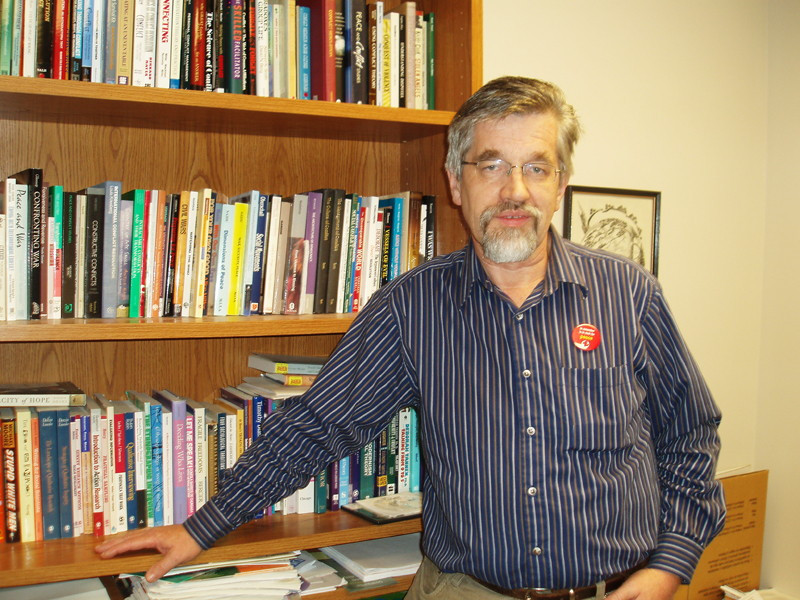We can work it out
Mediation Services resolves conflict the old fashioned way: through communication
The siblings disputing a legal will; the ex-couple in a dirty divorce fight; the neighbours in disagreement over fence placement: the legal system is a costly, impersonal and often inefficient medium for solving interpersonal conflict.
Mediation is a largely overlooked but often effective tool for dealing with conflict – especially when relationships are at sake.
“It’s an alternative to the knee-jerk reaction of yelling at a neighbour,” said Kathleen Mico, community program co-ordinator at Mediation Services.
Mediation is different from litigation in that many court barriers are removed in favour of a more equal and informal setting. A mediation session includes a number of people around a table rather than the judge on a podium.
Mediation Services runs three programs: the criminal program for instances involving assault or uttering threats; the community program, geared towards resolving scuffles between co-workers, family members or neighbours; and the training program, accessible to anyone who wants to learn the basic principles of mediation.
Mediation can directly empower the participants of a dispute by allowing them to voice their concerns in a safe, moderated setting.
Neil Funk-Unrau, assistant professor and co-ordinator of conflict resolution studies at the University of Winnipeg, believes mediation can be applicable to all conflicts, especially for those who will have an ongoing relationship. He stressed the importance of communication in cases such as divorce.
“Divorce lawyers are coming to the understanding that when there are custody issues, [the divorce] needs to involve mediation.”
Funk-Unrau believes all lawyers should have some mediation training. He said lawyers should consider alternative approaches to justice that allow participants to speak for themselves and express how an event has affected them.
Litigation occurs in a particular physical environment where participants are separated by power dynamics and have lawyers speak on their behalf, said Megan Carrothers, a graduating fourth-year conflict resolution student.
“They may as well not even be in the same room,” she said.
“Everybody is put on the same level. If you can get the two sides to talk [voluntarily] you’re way ahead of a judge’s mandate,” said Funk-Unrau.
Mediators are trained to be able to get people to reveal the deeper level of goals and interests that they have when engaging in conflict. Mico said people in mediation become aware the emotion in the situation that they’re often not consciously aware of.
“It gives the opportunity to foster empathy,” Carrothers said. “It’s a powerful thing.”
Published in Volume 64, Number 11 of The Uniter (November 12, 2009)







